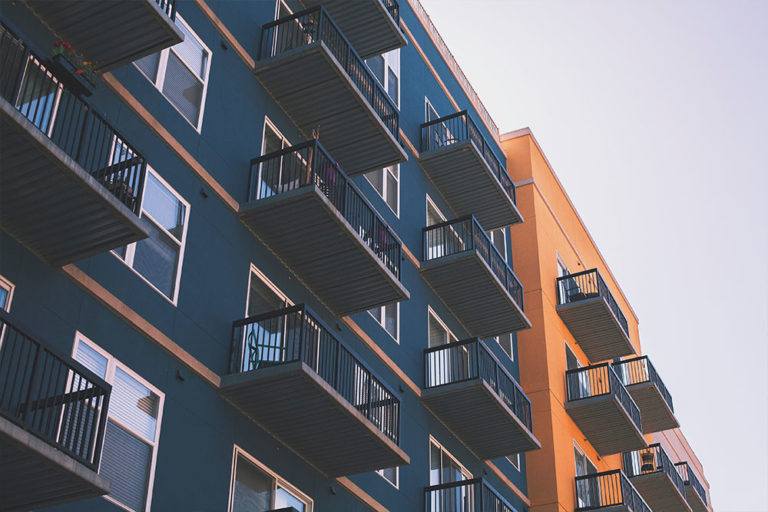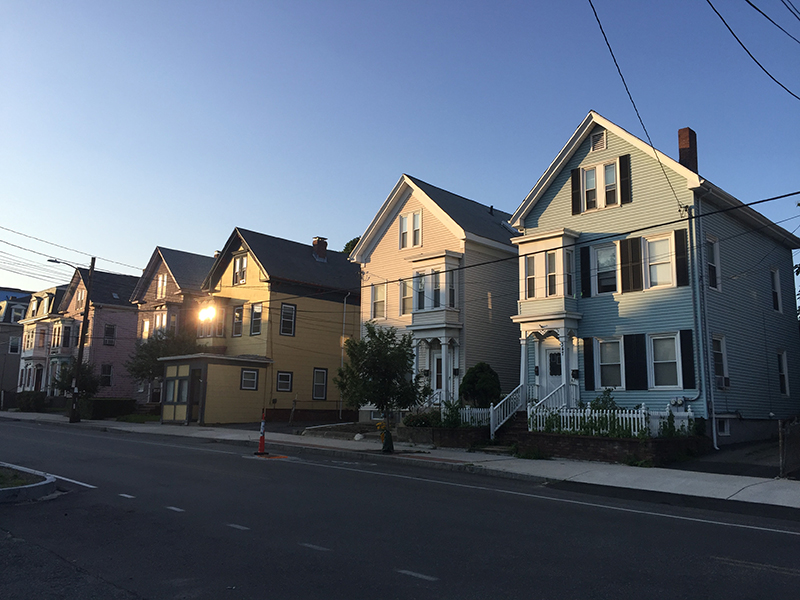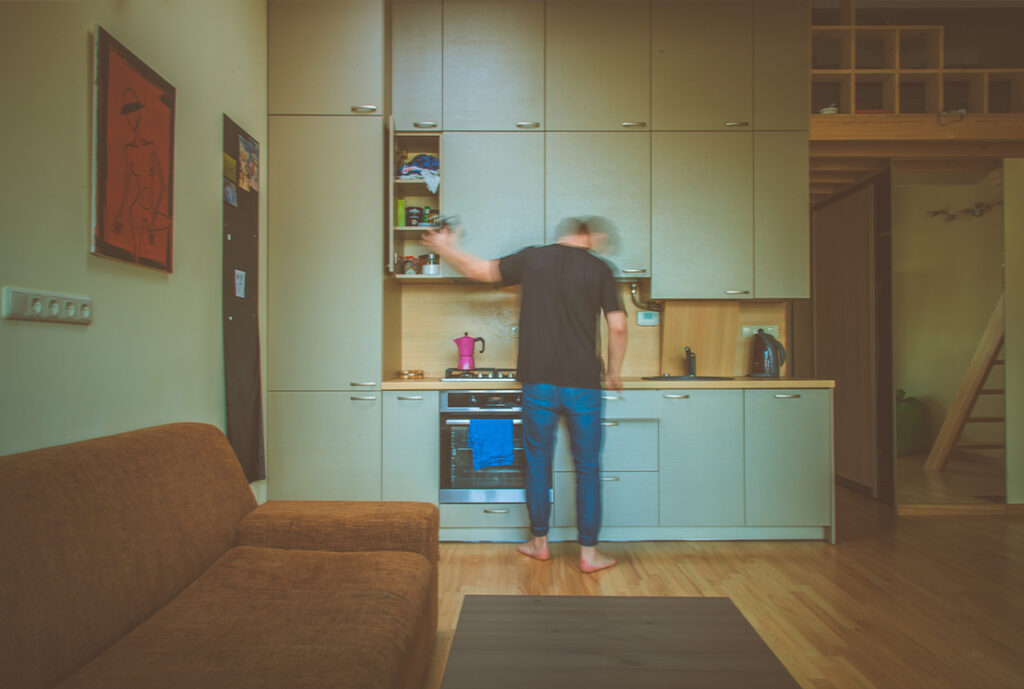
At the root of housing affordability challenges is a severe shortage of homes of all types – single-family homes, townhouses, apartments, etc. And without action, the problem is only getting worse with the current demand for housing outpacing existing supply and recent construction. Two recent studies examined the drivers of housing underproduction and provided policy recommendations on ways to address housing affordability.
The first, titled “U.S. Apartment Demand Through 2035,” was commissioned by the National Multifamily Housing Council (NMHC) and the National Apartment Association (NAA), and found an overall, nationwide worsening in rental affordability since their last report. This trend was exacerbated by the pandemic as well as the increase in costs for construction materials.
The study concluded that the U.S. needs to develop 4.3 million new apartments by 2035 in order to meet both future demand and a current shortfall of 600,000 units. While affordability is a complex issue that is impacted by various factors, the study notes that “throwing further housing laws into play does not seem to have worked over the past five years.”
The second study, titled “Housing Underproduction™ in the U.S. 2022” and released by the Up For Growth National Coalition, explains that while housing underproduction was previously a concern of those living on the coasts, it is now a nationwide urgent crisis impacting suburban, rural and urban communities. The study cites missing households – families choosing to live together instead of moving out and purchasing new homes, insufficient home availability and uninhabitable units with burdensome renovation costs as the primary drivers of underproduction. Nationwide, the amount of housing underproduction went from 1.65 million units in 2012 to 3.79 million units in 2019. That is a staggering increase, driven in part by obstacles like exclusionary zoning which limit access to housing and homeownership, in particular for people of color.
In order to reverse decades of underbuilding, we must dismantle barriers to new construction such as ill-advised zoning laws that impede development and burdensome regulations, now accounting for an average of 40 percent of development costs, that lead to project delay and add exponential costs. Inaction to address this issue will only perpetuate housing and economic insecurity for Americans.




